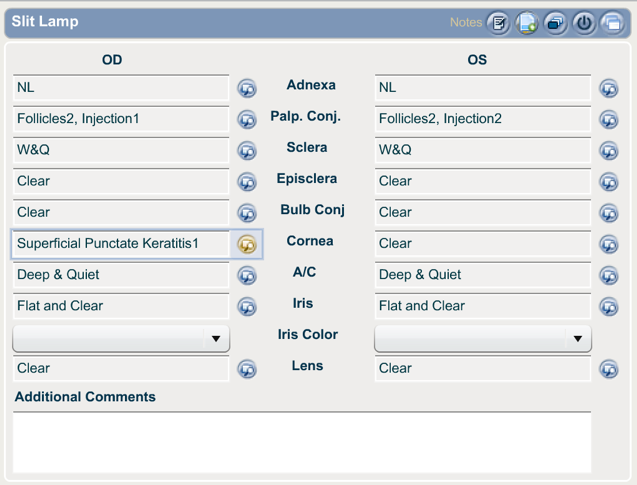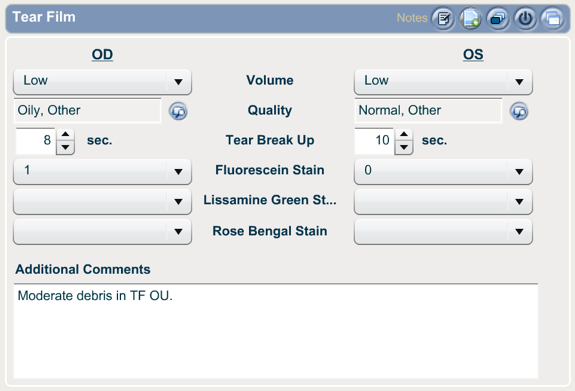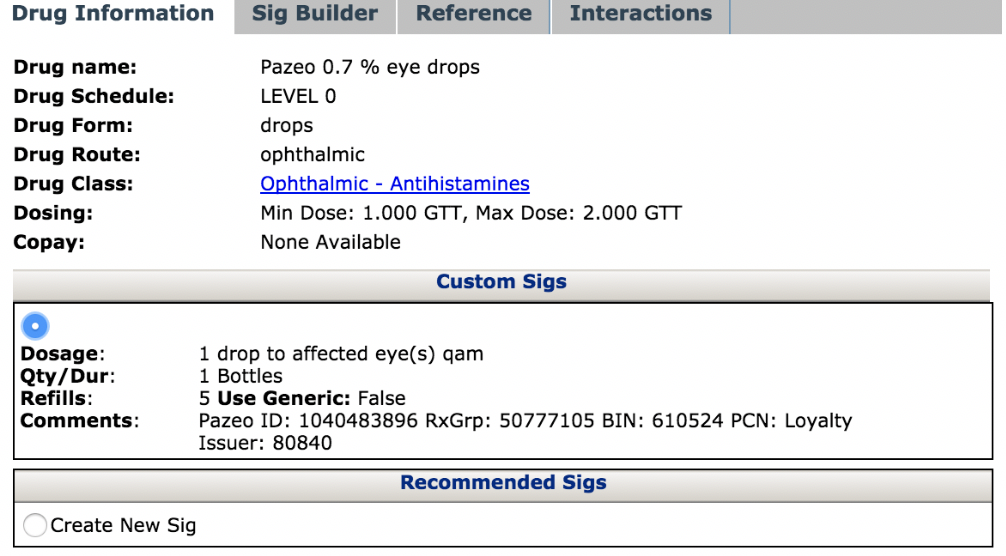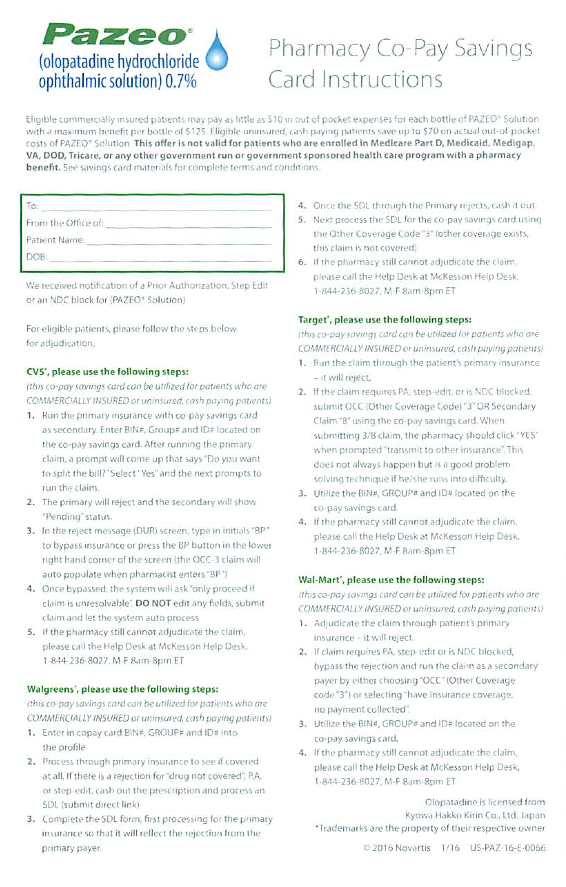Caring for Patients with Dry Eye: Tips and Tricks
John Warren, OD
Warren Eye Care, Racine, WI
We all know that there are many types of dry eye, from good old evaporative dry eye to dry eye related to poor meibomian gland dysfunction, inflammatory dry eye. The treatment for each is similar but yet slightly different. This time of year, one of the things that I find confounding when working with my dry eye patients is the comorbidity of ocular allergy.
Many of my patients do well with their “typical” therapy, from warm compresses, increased water intake, OTC artificial tears and for some Restasis, for most of the year. But when the tree pollen levels start to increase in the upper Midwest (I practice in Racine, WI along Lake Michigan) many of these formerly happily treated patients become symptomatic.
I’ve learned that I need to not only consider the cause of their “original” dry eye, but also whether or not they have an ocular allergy component making things more challenging. For this reason, I not only document the typical findings such as tear film volume and quality, as well as the presence or lack of corneal staining, but also whether the tear film contains much in the way of debris/mucous.

I’ve found that these patients have a much lower tolerance to mild ocular allergy which may not really cause much of a problem for other patients. When this is the case, I’ll start them on one of the Anti-Histamine/Mast Cell Stabilizer medications such as Pazeo. I’ll provide them with a sample of the medication, stressing that they need to use this in addition, not in place of, their ongoing dry eye therapy.
This is easily documented in RevolutionEHR and allows me to track my patients’ progress. After a week or two, I will reassess them and either continue that mode of therapy or modify the therapy as needed. These patients are already trusting us to care for their dry eye and I find that they are very receptive to follow up appointments in order to insure that they are receiving the best combination of therapies. I am not shy about billing them for these visits either. These type of visits are covered under their major medical coverage.

I also include the coupon info in the Comments field below. This appears on the actual Rx sent along to the pharmacy.

Finally, I provide the patient with the manufacturer’s rebates as well as instructions to the pharmacist for using the rebates properly (Alcon has created a hand out that explains this very clearly for the pharmacy staff). I include the rebate right along with my eRx (I set up the coupon code right in RxNT so that it goes along with the Rx to the pharmacist every time that I Rx the medication). I’ve included a screen shot of this for your information. If you’re not eRx’ing, then your drug reps will provide you with paper coupons to send along with the patient.
Caring for patients with dry eye doesn’t require any additional equipment in my office, or diagnostic procedures that I’m not performing with my slit-lamp every day. But it helps improve patient wellness and satisfaction, and it adds revenue to my practice.
Share this Post


